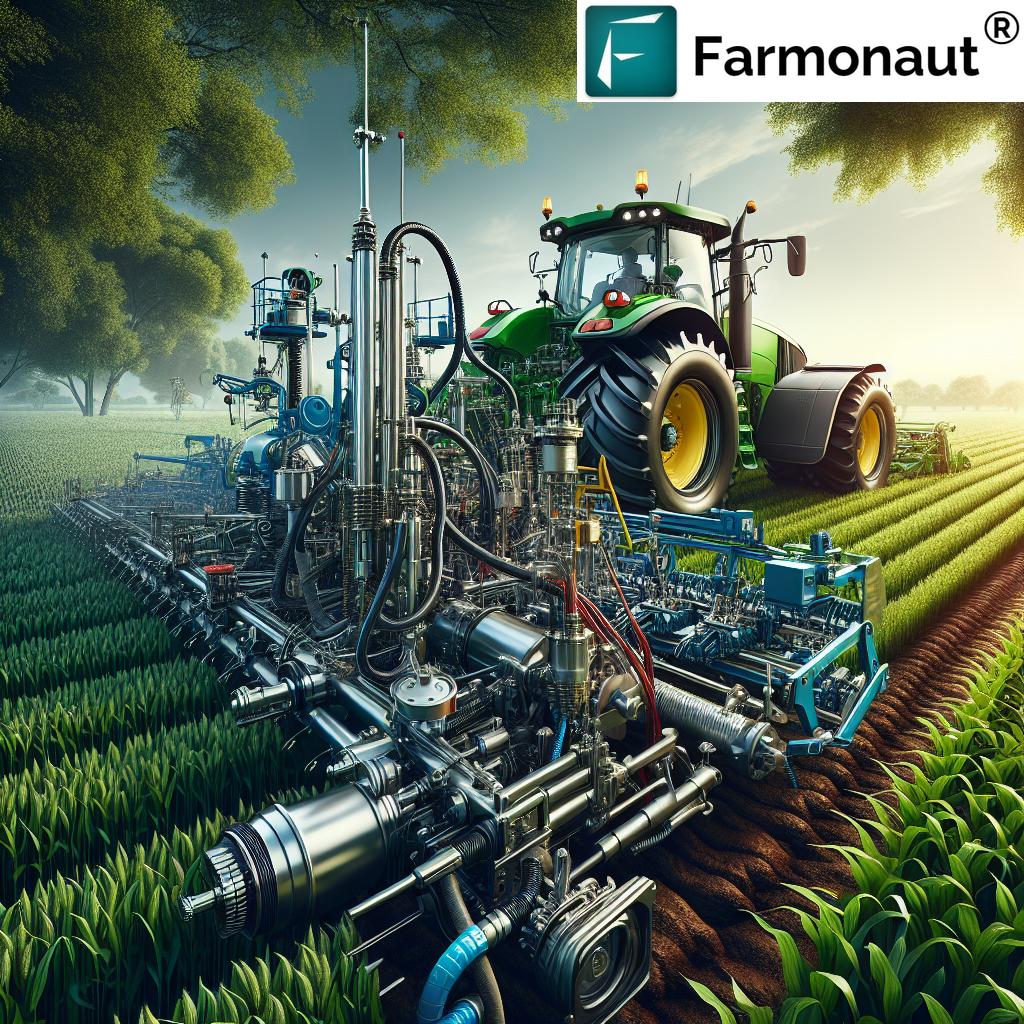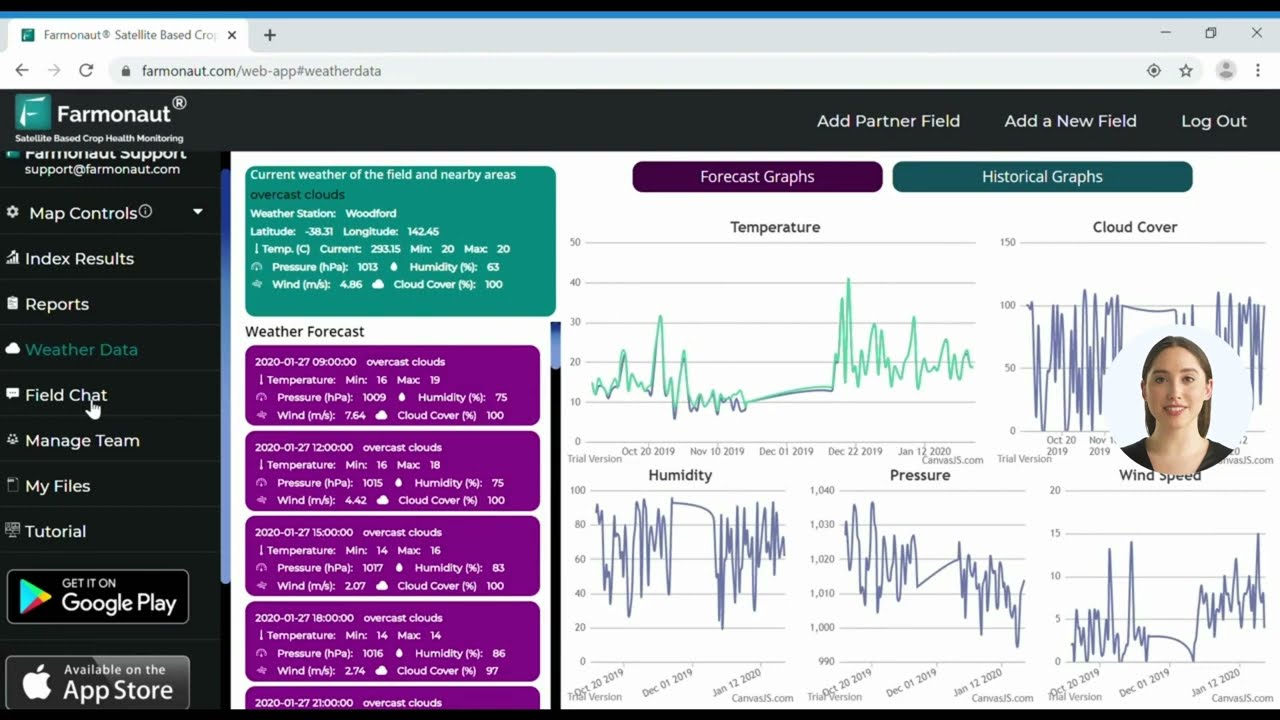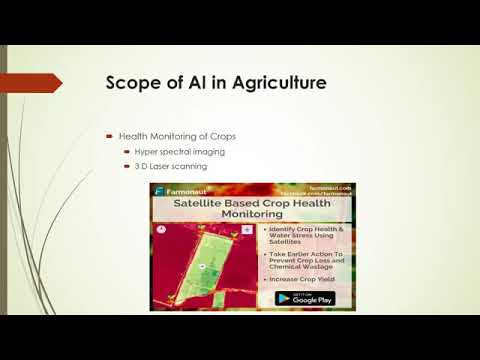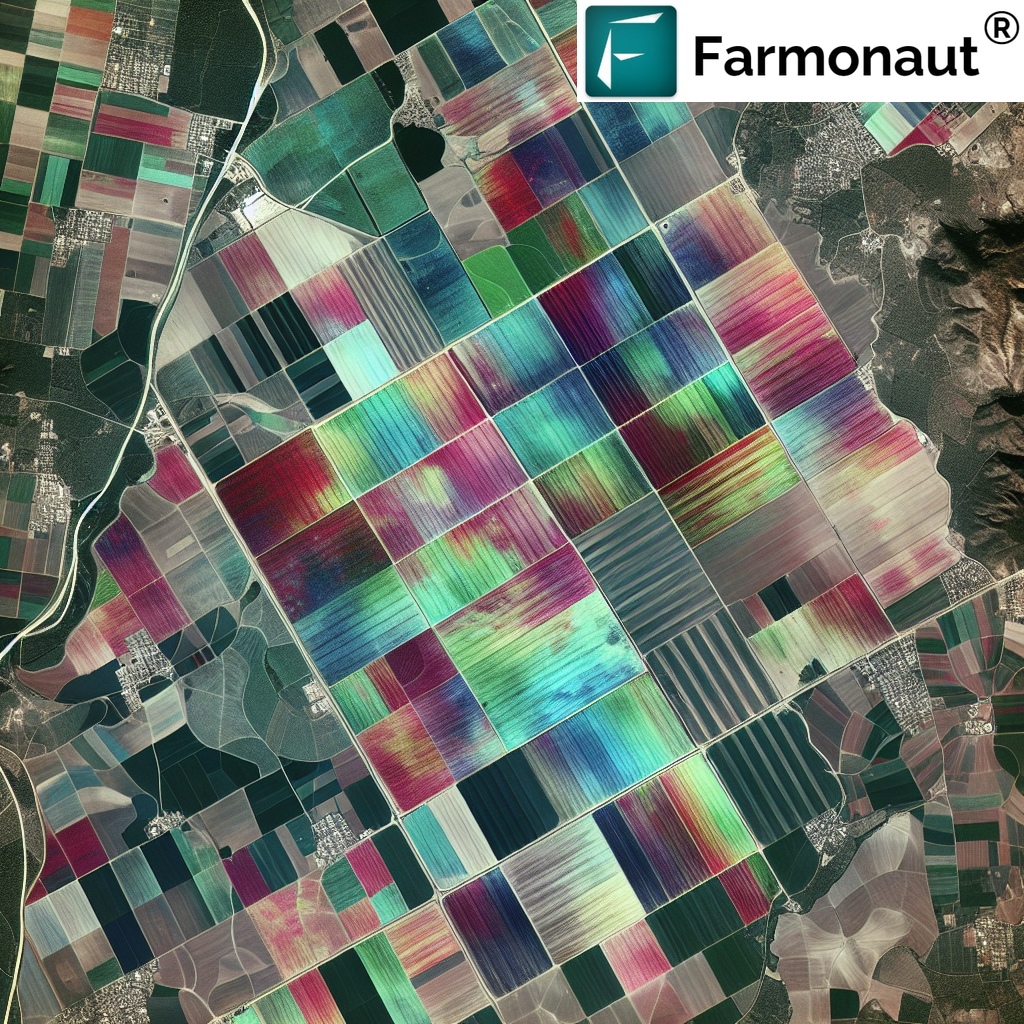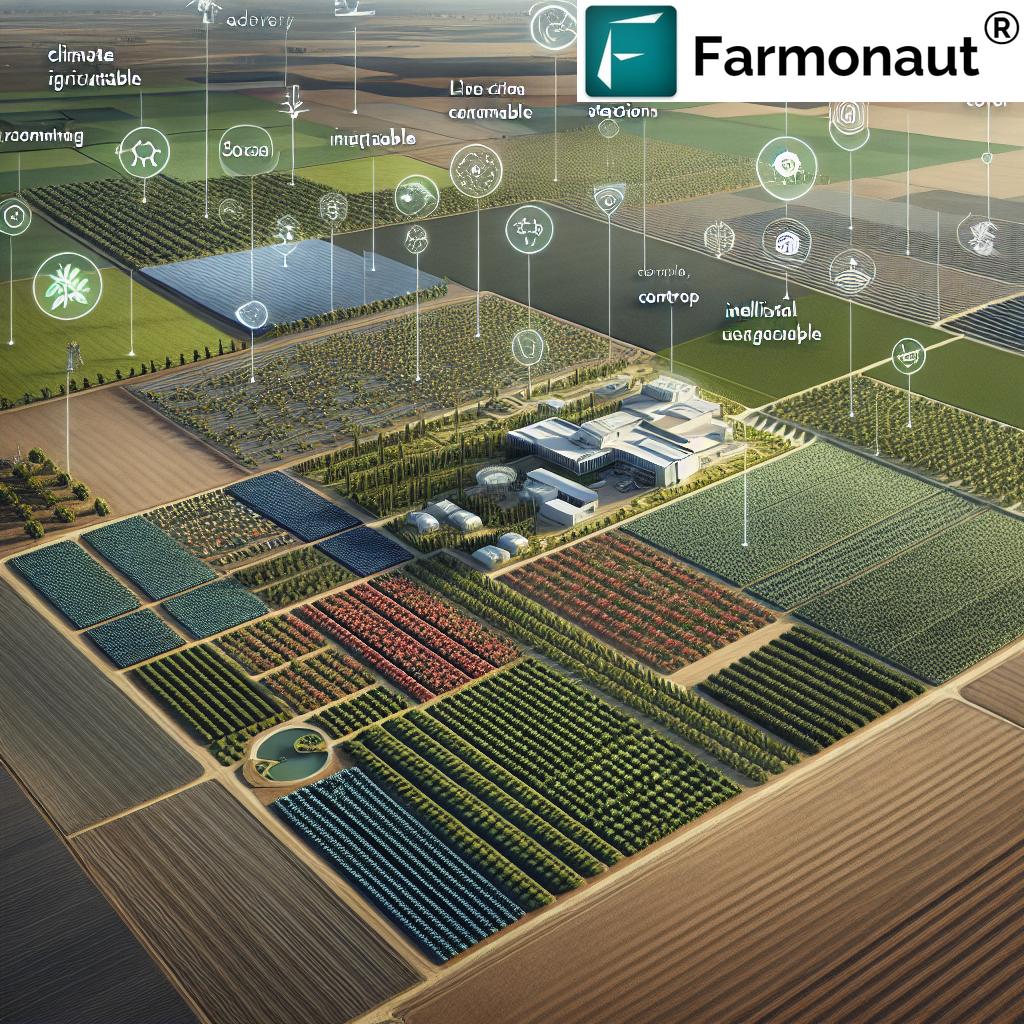Agricultural Hydraulics: 7 Hacks for Massive Farm Gains
“Hydraulic systems can increase farm machinery efficiency by up to 30%, revolutionizing modern agricultural operations.”
Table of Contents
- Introduction to Agricultural Hydraulics
- Key Components of Agricultural Hydraulic Systems
- Applications of Hydraulics in Modern Agriculture
- Advantages of Hydraulic Systems in Agriculture
- Agricultural Hydraulics: 7 Hacks for Massive Farm Gains
- Hydraulic System Maintenance
- Common Hydraulic Issues in Agricultural Machinery
- Trivia
- Comparative Benefits Table: Hydraulic Innovations vs. Traditional Systems
- Farmonaut: Digital Transformation in Precision Agriculture
- Future Trends in Agricultural Hydraulics
- Frequently Asked Questions (FAQ)
- Conclusion
Introduction to Agricultural Hydraulics
The landscape of agriculture has been transformed by innovations in technology and automation, with agricultural hydraulic systems at the core of this evolution. By harnessing the power of pressurized hydraulic fluid, these systems enable us to operate, control, and optimize a multitude of modern agricultural equipment. Hydraulic technology is now integral—driving efficiency, precision, and safety across farming operations worldwide.
Hydraulics are the lifeblood behind heavy-duty machinery and implements, from tractors to combine harvesters and hydraulic irrigation systems. Whether we’re lifting massive loads, controlling attachments, or ensuring the precise application of fertilizers, hydraulics grant us the force, control, and adaptability we need. In this blog, we’ll uncover the essential components of hydraulic systems, their manifold applications in farming, proven maintenance practices, and the future trends shaping the next chapter of agricultural innovation.
We’ll also explore how these systems, paired with cutting-edge platforms like Farmonaut, are revolutionizing resource efficiency and sustainability—empowering farmers everywhere to achieve massive gains.
Key Components of Agricultural Hydraulic Systems
To fully leverage the power of hydraulics in agriculture, it’s crucial to understand the primary components making up a typical system. By ensuring each part is maintained and optimized, we can guarantee reliable performance and extend the lifespan of our machinery.
1. Hydraulic Pump — The Heart of the System
The hydraulic pump generates the pressure needed to move fluid throughout the system. Popular types include gear pumps (versatile and simple), piston pumps (for high pressure/efficiency), and vane pumps (offering smooth flow). This component’s health is crucial for system reliability and efficient farming machinery.
2. Hydraulic Fluid — Power Transmitter and Lubricant
Hydraulic fluid serves as both the force transmitter and lubricant. Using the right oil—meeting specific viscosity and additive requirements—prevents component wear, contamination, and damage caused by excessive heat or improper operation.
3. Hydraulic Reservoir — Storage and Thermal Buffer
The hydraulic reservoir stores oil and accommodates fluid expansion from temperature fluctuations. Proper oil levels are essential for preventing pump failure and maintaining optimal operation. Regular checking is a key maintenance practice.
4. Hydraulic Cylinders — Enable Movement and Work
Hydraulic cylinders transform fluid pressure into linear motion—lifting, pushing, or controlling implements. Single-acting cylinders move in one direction, while double-acting variants provide enhanced control for back-and-forth movement.
5. Control Valves — Direct and Regulate Hydraulic Flow
Control valves determine fluid direction and regulate pressure. Spool valves manage implement movement; pressure relief valves protect against surges, preventing system damage and ensuring safety.
6. Hydraulic Hoses and Couplings — Secure and Safe Fluid Transport
High-pressure hoses and couplings transport fluid between components. Regular inspections help prevent leaks and catastrophic failures. Modern hoses use advanced materials for improved durability—essential for demanding farming conditions.
7. Remote Hydraulic Outlets (SCVs) — Versatility Unleashed
Selective control valves (SCVs) or remote hydraulic outlets allow us to connect a range of external implements, such as hay rakes or mowers, empowering tractors and other equipment with increased functionality.
Applications of Hydraulics in Modern Agriculture
The reach of hydraulic technology extends across virtually all areas of modern farming. Here’s how agricultural hydraulic systems drive productivity and efficiency, empowering us to cultivate more and better, with fewer resources.
- Tractors and Attachments
Hydraulics are behind the lifting, steering, and operation of multiple attachments—from plows to seeders—giving us the force and control necessary for efficient land preparation, planting, and maintenance.
- Hydraulic Irrigation Systems
By using hydraulic valves and actuators, we can precisely manage water distribution, enabling automated irrigation programs that conserve water and optimize plant health. Combined with data from platforms like Farmonaut’s satellite crop health monitoring, we achieve smart, resource-efficient irrigation decisions.
- Combine and Forage Harvesters
Hydraulics operate the crucial mechanisms—from cutting platforms to conveyors—supporting smooth, high-speed harvesting and improved grain or forage quality. Modern machines rely on these systems for exceptional reliability and throughput.
- Field Sprayers & Distribution
Hydraulic systems enable the precise application of fertilizers, pesticides, and micronutrients, driving the principles of precision agriculture technology. This conserves input costs and maximizes crop yield while reducing environmental impact.
- Material and Feed Handling
From loaders and forklifts to augers and balers, hydraulic power facilitates the efficient transport and management of feed, fertilizer, and harvested crops.
- Livestock and Automated Handling Equipment
Cattle chutes, feeding systems, and other equipment use hydraulics to reduce manual labor, improve animal welfare, and streamline intensive livestock management tasks.
Advantages of Hydraulic Systems in Agriculture
Integrating and maintaining agricultural hydraulic systems brings clear, measurable benefits to our farming enterprises:
- Increased Productivity: Hydraulic machinery can perform critical operations faster and more efficiently—reducing cycle times for tillage, planting, fertilization, and harvest by up to 30%.
- Labor Savings: Tasks that once demanded many hours of manual work are now automated, reducing the need for labor and increasing farm viability, especially where workforce shortages are common.
- Enhanced Precision: Hydraulic controls offer fine adjustments for planting depth, spray coverage, and implement positioning, which is the foundation of precision agriculture.
- Resource Conservation: Automated and regulated hydraulic irrigation systems deliver the right amount of water exactly when and where needed, reducing waste and improving drought resilience.
- Improved Safety: Hydraulics have enabled safety features like load-sensing and anti-lock braking, reducing accident risks and enhancing equipment stability.
- Environmental Benefits: Efficient hydraulic systems lower fuel consumption, minimize unnecessary input use, and help us adopt more sustainable practices by reducing soil compaction and emission levels.
“Over 70% of new tractors now feature advanced hydraulic components for precision and safety in farming tasks.”
Agricultural Hydraulics: 7 Hacks for Massive Farm Gains
Unlocking the full potential of hydraulic systems requires a mix of proper setup, smart use, and proactive innovation. Here are seven powerful hacks that deliver tangible performance, safety, and efficiency gains on our farms:
- Automated Hydraulic Controls
Implement automated hydraulic control systems for repetitive tasks—like boom height adjustment or implement folding. Automation reduces human error, speeds up operations, and brings us closer to “hands-free” efficiency.
- Remote Pressure Monitoring and Diagnostics
Install sensors and telematics to monitor hydraulic pressure and fluid condition remotely. Early detection of pressure drops, overheating, or contamination allows us to perform timely maintenance and prevent failures.
- Advanced Hose and Seal Materials
Upgrade to hoses and seals made from synthetic rubbers and reinforced polymers, which withstand higher pressures and harsh chemicals. This optimizes safety and reduces leaks, especially for high-demand hydraulic applications.
- Load-Sensing Hydraulic Pumps
Adopt load-sensing pumps that adjust flow and pressure based on real-time demand. These hydraulic pump applications lower fuel usage, minimize heat build-up, and dramatically extend system life.
- Multi-Function SCVs (Selective Control Valves)
Multipurpose SCVs simplify switching between implements and allow simultaneous control of multiple attachments. This is especially useful for operations requiring coordination between sprayers, planters, and loaders.
- Scheduled Predictive Maintenance with AI
Connect hydraulic system diagnostics with AI-powered platforms to predict wear, contamination, or component degradation. Tools such as those offered via Farmonaut’s Jeevn AI Advisory system can help optimize service schedules, reducing downtime and maintenance costs.
- Integration with Precision Agriculture Platforms
Tie your hydraulic operation data with satellite-based crop monitoring tools such as Farmonaut. This enables data-driven decisions for irrigation scheduling, equipment fleet management, and resource allocation—further amplifying gains through technology-driven farm intelligence.
Hydraulic System Maintenance: Ensuring Peak Performance
Consistent and proactive hydraulic system maintenance is the linchpin of long-lasting, efficient farm machinery. By adopting best practices, we dramatically reduce failure risks and ensure optimal performance for every farming season.
- Regular Hydraulic Oil and Filter Changes: Fresh, uncontaminated oil keeps components lubricated and cool. Stick to the service intervals recommended for your equipment.
- Monitoring for Leaks and Contaminants: Inspect for hydraulic fluid leaks (especially at hoses and couplings) and signs of moisture, metal shavings, or unusual color. Quick action prevents component damage and fluid contamination.
- Hose and Fitting Integrity Checks: Pressure and time cause hoses to degrade. Look for cracks, bulges, and loose fittings. Replace any worn items before they fail under high load.
- System Calibration: Over time, valves and actuators drift out of spec. Calibration keeps the flow and pressure within proper levels for safe and efficient operation.
- Air Bleeding Procedures: Trapped air in the system impacts performance and increases noise; bleeding the system assures precise control and efficient movement.
- Monitor Fluid Levels: Proper oil levels prevent cavitation and overheating—ensure reservoirs are always filled within marked range.
Maintenance Tools & Apps for Next-Level Efficiency
Integrated farm management apps, like those from Farmonaut, offer maintenance logs, real-time sensor data, and predictive diagnostics—making it easier than ever to stay ahead of potential hydraulic issues and coordinate fleet maintenance.
Common Hydraulic Issues in Agricultural Machinery: Causes and Prevention
Understanding common issues with hydraulic systems helps us prevent breakdowns and maintain efficient machinery operations:
- Hydraulic Oil Contamination: Dirt, water, or metal shavings degrade system performance. Use quality filters and change oil regularly to avoid wear and component damage.
- Insufficient Hydraulic Fluid Levels: Running low on oil causes overheating, reduced force, and can introduce air. Monitor levels and top up as needed.
- Pump Wear and Failure: Contaminants, improper fluid, or excessive heat can cause pumps to fail. Signs include unusual noise (cavitation), low pressure, and decreased throughput.
- Air Entrapment: Bubbles in the fluid decrease efficiency and raise the risk of failure. Bleed air from the circuits after service or fluid changes.
- Valve Sticking or Leakage: Poor sealing or contamination in valves limits movement control and reduces efficiency. Clean and service valves regularly.
Adopting predictive maintenance tools, like those available in Farmonaut’s fleet management module (learn more), helps us anticipate failures, minimize downtime, and ensure a safer work environment.
Comparative Benefits Table: Hydraulic Innovations vs. Traditional Systems
To better highlight the unmatched potential of advanced agricultural hydraulic systems, we present a side-by-side look at key hydraulic system innovations versus traditional mechanical or manual methods:
| Hydraulic Innovation | Traditional Approach | Estimated Efficiency Improvement (%) |
Precision Gains | Safety Enhancement |
|---|---|---|---|---|
| Automated Hydraulic Controls | Manual lever-based control | 20–30% faster implement operation | Repeatable, automated movement (e.g., uniform boom height across fields) | Reduced operator error; safer workflow |
| Advanced Hose & Seal Materials | Basic rubber hoses & seals | Up to 40% longer service life | Stable pressure delivery; fewer performance drops | Lower leak and rupture incidence |
| Remote Pressure Monitoring | No pressure feedback; visual checks only | Reduces downtime by 15% | Immediate response to parameter changes | Helps catch failures early, preventing hazardous conditions |
| Load-Sensing Pumps | Constant displacement pumps | 8–15% fuel savings | Flow matches real-time load; prevents overshooting | Reduces overheating and unexpected shutdowns |
| Predictive Maintenance using AI | Routine/manual checks only | Cuts unscheduled repairs by 25–30% | Early detection of abnormal wear/contamination | Prevents critical failures, supports operator safety |
| Multi-Function SCVs | Single-function hydraulic ports | 30–35% reduction in manual adjustments | Run multiple implements simultaneously | Less interaction with live equipment = fewer accidents |
| Integration with Precision Platforms | Manual logbooks/siloed machinery | Up to 28% higher overall farm productivity | Data-driven operational precision (e.g., precise water, fertilizer, or chemical application) | Remote stop/start and monitoring capabilities enhance oversight |
Farmonaut: Digital Transformation in Precision Agriculture
Innovative hydraulic systems are only part of the precision-agriculture equation. To achieve maximum efficiency and resource conservation, real-time data and actionable guidance are essential. That’s where platforms like Farmonaut step in—delivering next-generation satellite-based monitoring, AI-powered advisory systems, and advanced fleet/resource management tools.
- Satellite-Based Crop Health: Farmonaut empowers us to optimize hydraulic irrigation systems by providing up-to-date crop vigor and soil moisture data. This means we irrigate only as needed—reducing water consumption and input costs.
- Jeevn AI Advisory System: AI-driven advisories digest both environmental and fleet sensor data, alerting us to maintenance needs, equipment issues, and optimal input timings. This enhances farm efficiency and precision.
- Fleet and Resource Management: Integrated analytics support scheduling, maintenance tracking, fuel usage monitoring, and logistics—all tailored for modern agricultural equipment.
- Carbon Footprinting: By tracking energy sources, fuel, and emissions, Farmonaut helps us meet environmental targets and improve sustainability. See how it supports low-carbon farming >
- Blockchain Traceability: For farms supplying agrifood or textile supply chains, traceability solutions ensure every harvested batch has a clear, verifiable history: reducing fraud, building consumer trust, and enhancing market value.
- API Integration: Developers and growers can directly integrate satellite imagery and weather data with Farmonaut API or use the API developer docs for seamless digital transformation on the farm.
Farmonaut’s solutions are scalable for everyone: from smallholder and plantation farms to large-scale enterprises. Real-time data integration drives informed decision-making, cost savings, and productivity.
Future Trends in Agricultural Hydraulics
The journey of hydraulic systems in farming is far from over. We are likely to see several game-changing trends in the coming years:
- Electro-Hydraulic Integration: Coupling traditional hydraulic power with electronic controls and GPS brings next-level precision—from automated steering and variable rate application to live fleet diagnostics.
- Enhanced Energy Efficiency: Hybrids that combine hydraulic and electric drives will continue to reduce fuel consumption and lower emissions. Load-sensing hydraulics will become standard, responding perfectly to real-time demand and slashing energy waste.
- Smart Diagnostics: Expect predictive maintenance with AI-driven error detection across even the most remote fields—reducing surprises and empowering data-driven farm management.
- Autonomous Farm Machinery: The future is “driverless”—with autonomous combines, sprayers, and tractors operating day and night via sophisticated hydraulic control and satellite navigation.
Paired with real-time satellite analytics and blockchain-enabled resource management, hydraulics will support smarter, more efficient, and radically sustainable farming for years ahead.
Explore Farmonaut’s latest innovations in satellite-driven, AI-fueled farm advisory and resource management to stay on the cutting edge of efficient, sustainable agriculture.
Frequently Asked Questions (FAQ) on Agricultural Hydraulic Systems
How do hydraulic systems improve farm efficiency?
Hydraulic systems enable precise control and automation of machinery, reducing operation time and labor. We perform tasks like lifting, steering, and attachment control much faster and with greater accuracy than with manual methods.
What hydraulic components require the most frequent maintenance?
Hydraulic oil and filters need regular checks and changes to prevent contamination. Hoses and fittings should be inspected for leaks or wear, and the entire system should be bled of air periodically.
Why is maintaining proper fluid levels so crucial?
Proper oil levels are essential to avoid overheating, cavitation, and premature pump or cylinder failure. It ensures efficient pressure transmission and lubricates all moving parts, preventing damage and downtime.
How do automated hydraulic controls work?
Automated hydraulic controls use sensors and actuators to execute pre-programmed movements, such as boom folding or load balancing, with little human intervention. This improves efficiency, safety, and operational repeatability.
How does Farmonaut support hydraulic system users?
Farmonaut offers a web, Android, iOS, and API platform for fleet/resource management, real-time crop monitoring, predictive maintenance advisories, and seamless integration with your farm’s hydraulic equipment. Get started for free here.
What’s next for hydraulics in agriculture?
Future trends include integrated electro-hydraulic controls, increased automation and autonomy, energy-efficient designs, and predictive diagnostics—often connected to data platforms like Farmonaut for maximum smart-farming potential.
Conclusion: Powering Next-Gen Farming with Hydraulics and Smart Data
Agricultural hydraulic systems have forever transformed the way we cultivate, manage, and harvest crops. By utilizing the force of pressurized fluid, we gain the muscle, precision, and efficiency modern farming demands. With continuous innovation—from load-sensing pumps to AI-driven maintenance advisories—our machinery becomes smarter and more sustainable.
When integrated with Farmonaut’s advanced platform, we unlock unprecedented visibility into crop health, optimize resource allocation, and automate both fieldwork and fleet management. The path ahead is clear: agriculture’s future rests on the seamless collaboration between mechanical power and smart technology.
By understanding hydraulic components, ensuring proper maintenance practices, and embracing the latest trends, we build a resilient, productive, and environmentally conscious farm—prepared for the challenges and opportunities of tomorrow.
Ready to evolve your farm with next-level agricultural hydraulics and digital intelligence?
For advanced traceability, sustainability, or plantation and forest advisory solutions, check out Farmonaut Carbon Footprinting, Product Traceability, and Crop Plantation & Forest Advisory modules.
Stronger systems, smarter decisions, and massive productivity await.
Let’s power up, precision farm, and grow—together.


